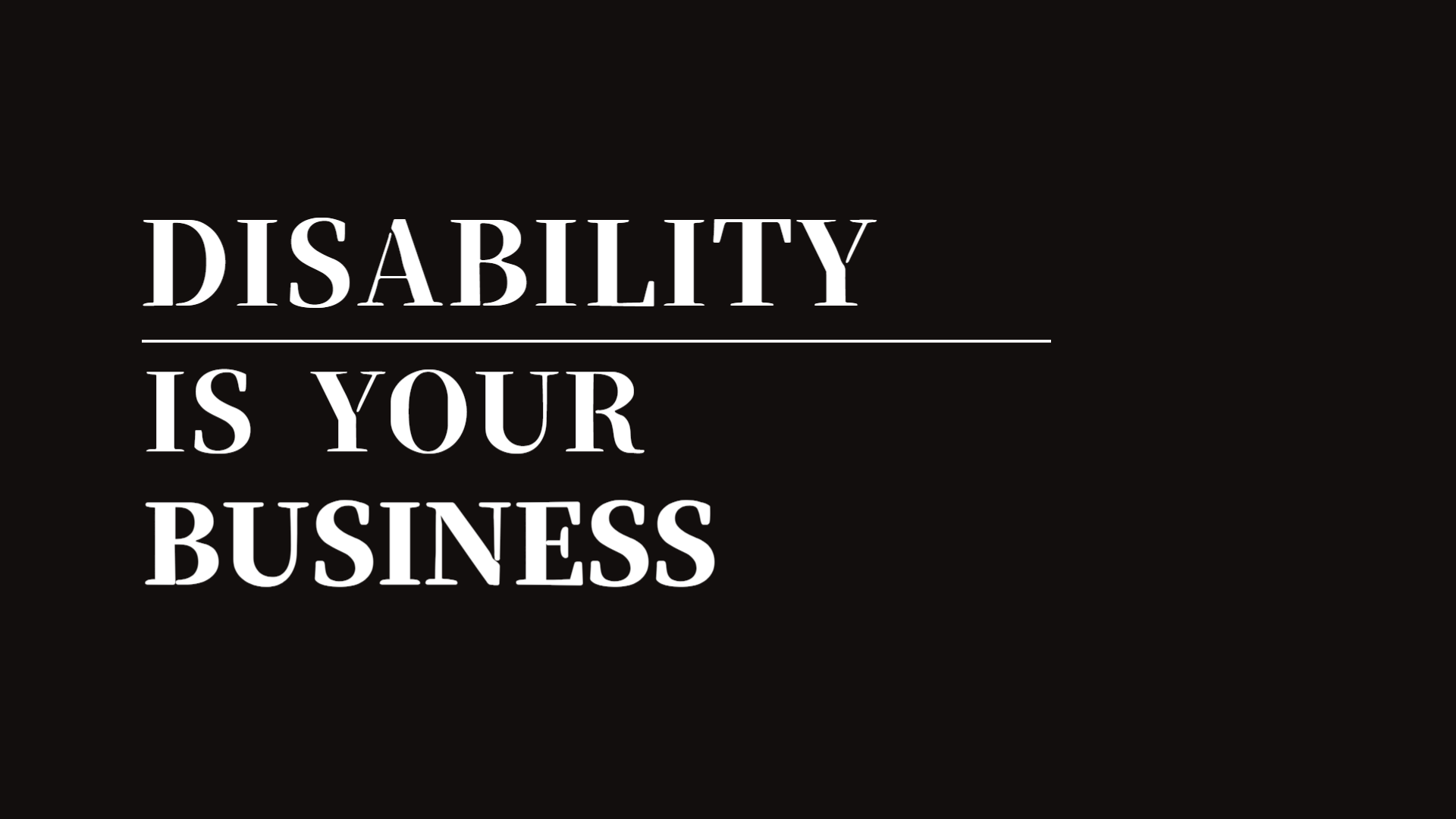Society’s efforts to expand employment for people with disabilities have certainly made progress. Various systems and incentives to increase employment rates, job-linked vocational training, job fairs, etc., have produced results above a certain level. However, merely increasing the number of jobs does not necessarily improve the quality of jobs for people with disabilities.
Recently, we need to reconsider the approach of simply creating jobs. Just increasing the number of jobs cannot guarantee stable employment and career development for people with disabilities. It is now time to ask a more fundamental question beyond ‘how many jobs can we create’ to ‘how do we design the assignment of work to whom‘.
The structure is more important than the quantity of jobs
In many cases, jobs for people with disabilities are limited to structured tasks such as simple repetitive work and manual labor. While this is advantageous for initially expanding employment opportunities, it can limit the individual’s growth potential in the long term and lead to decreased job satisfaction and turnover.
People with disabilities possess unique capabilities and characteristics, and accordingly, the type of work and execution methods suitable for them differ. However, the current job structure does not sufficiently take this into account, and uniform job design can actually become a barrier to employment retention.
What is Job Design?
Job design refers to a series of processes of structuring and adjusting specific tasks to fit individual characteristics and capabilities. It is not just about fitting people into existing jobs, but rather redesigning the structure of work to suit the person.
For example, if a person with a developmental disability excels in following defined rules and repetitive tasks, a job can be designed that incorporates clear visual procedural guidance and task division. Tasks such as document organization, book classification, and parts packing can reflect this design.
For individuals with hearing impairments, a job design including a visual-based communication system is effective. A messenger-based reporting system or visual scheduling tools can be examples of such job design.
Additionally, for individuals with mobility impairments, jobs based on remote work such as content planning, document writing, and data research may be more suitable. At this time, it is crucial to subdivide tasks so that work performance can be quantified and to provide sufficient online collaboration tools.
Why is Job Design Necessary?
Our society has long approached the issue of employment for people with disabilities as simply a matter of ‘creating jobs.’ However, jobs that assign repetitive and passive roles ultimately result in career discontinuity for the individuals and low utilization of human resources for companies.
Especially now, as various technological tools and collaborative methods are emerging, we should not view the employment of people with disabilities merely as an issue of allocation, but rather as an opportunity for new job design and restructuring centered around people. Job design enhances job suitability for people with disabilities and encourages long-term employment retention while also positively influencing corporate productivity and organizational culture.

Designing jobs around people
The issue of employment for people with disabilities has now transcended the dimension of ‘whether to create jobs or not.’ We must now question how those jobs are designed for whom.
Job design should not be considered special consideration for people with disabilities but should serve as an opportunity to rethink work structures for everyone. For the employment of people with disabilities to lead to meaningful social participation, active efforts to recognize human diversity and design roles accordingly are necessary.
Now we must move beyond the era of simply creating jobs to a new age of designing the quality and structure of jobs. A new turning point in disability employment policies can begin right here.



![Read more about the article [On-site interview] Instead of regretting what cannot be done, let’s do our best at what we can do](https://knda.ne.kr/wp-content/uploads/2024/10/image01.png)
